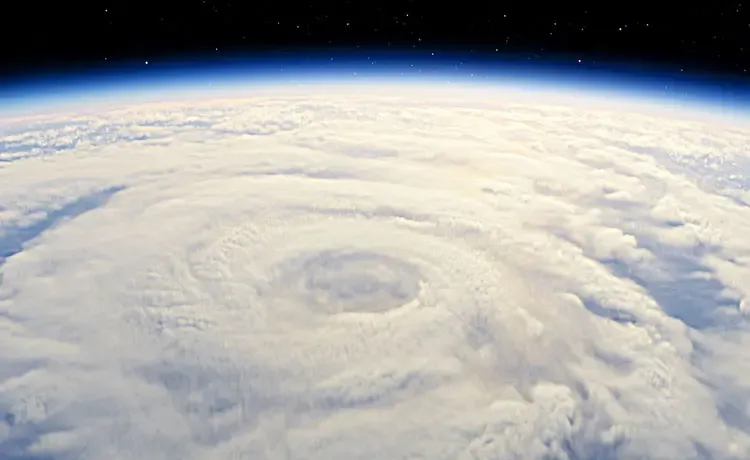Hurricanes are a powerful force: The high winds, heavy rain and flooding of these massive storm systems threaten not only lives, but homes, buildings, roads, vehicles and entire communities. How can you be prepared for, survive and safely deal with the return home in the aftermath of hurricane havoc? Here are a few helpful guidelines to get you started:
What to Do Now: Preparing Before a Hurricane Hits
- Sign up for local alerts and warnings that your community may offer.
- Monitor local news and weather reports. Listen to the National Oceanic and Atmospheric Administration (NOAA) Weather Radio.
- Prepare to evacuate by testing your emergency communication plan(s), learning evacuation routes, having a place to stay and packing a “go bag.” For more on this, visit Ready.gov.
- Stock emergency supplies.
- Protect your property by installing sewer backflow valves, anchoring fuel tanks, reviewing insurance policies, and cataloging belongings.
- Collect and safeguard critical documents and records (e.g., passports, birth certificates, Social Security cards, financial documents, wills).
What to Do During a Hurricane: How to Survive
- Follow guidance from local authorities as the storm approaches.
- If you’re advised to evacuate, grab your “go bag” and leave immediately.
- Stick to designated evacuation routes: Check with your state’s Department of Transportation or Office of Emergency Management website to find routes near you.
- To find an emergency shelter near you, check the FEMA mobile app.
- If you’re not in a mandatory evacuation zone, you may still decide to leave the area. If you decide to stay home, remember that even if the high winds and floodwaters do not reach your home, you may lose power and water, and you may not be able to leave your home for several days if the roads are impassable.
- For protection from high winds, stay away from windows and seek shelter on the lowest level in an interior room.
- Move to higher ground if there is flooding or a flood warning.
- Never walk or drive on flooded roads or through water. Floodwater is contaminated, and a mere 6 inches of fast-moving floodwater can carry away a small car.
- Never use a generator, gasoline-powered equipment and tools, grill, camp stove or charcoal-burning device inside or in any partially enclosed area. Keep these devices outside and at least 20 feet from doors, windows and vents.
- Call 911 if you are in life-threatening danger.
The Aftermath: Stay Safe
- Return to your neighborhood only when authorities say it is safe to do so.
- Don’t enter damaged buildings until they’re inspected by qualified professionals.
- Immediately leave your home or another building if you hear shifting or unusual noises. These noises could mean it’s about to fall.
- Never walk or drive on flooded roads or through floodwaters.
- Look out for downed or unstable trees, poles and power lines.
- Don’t remove heavy debris by yourself.
- Wear gloves and sturdy, thick-soled shoes to protect your hands and feet.
- Don’t drink tap water unless authorities say it is safe.
